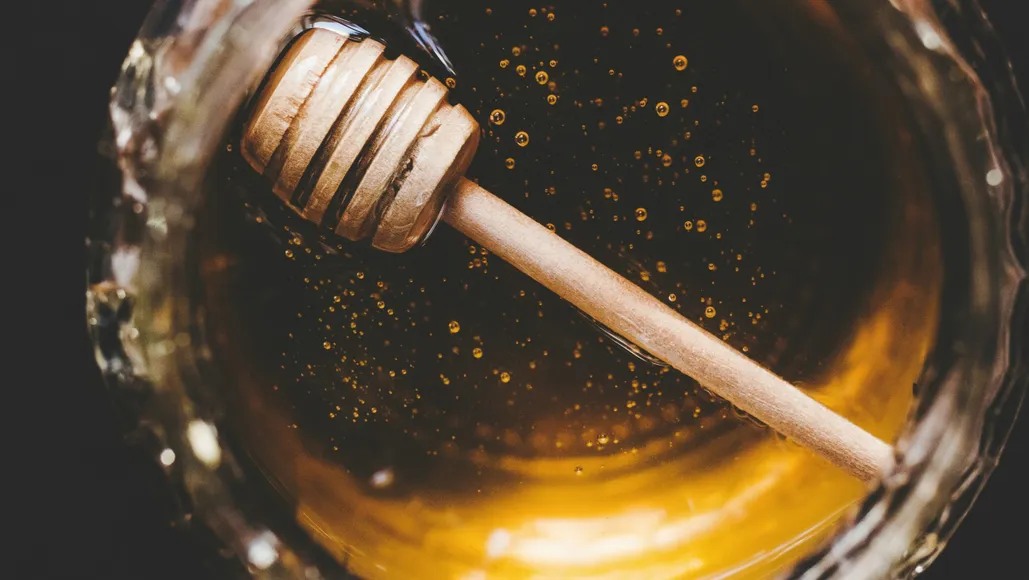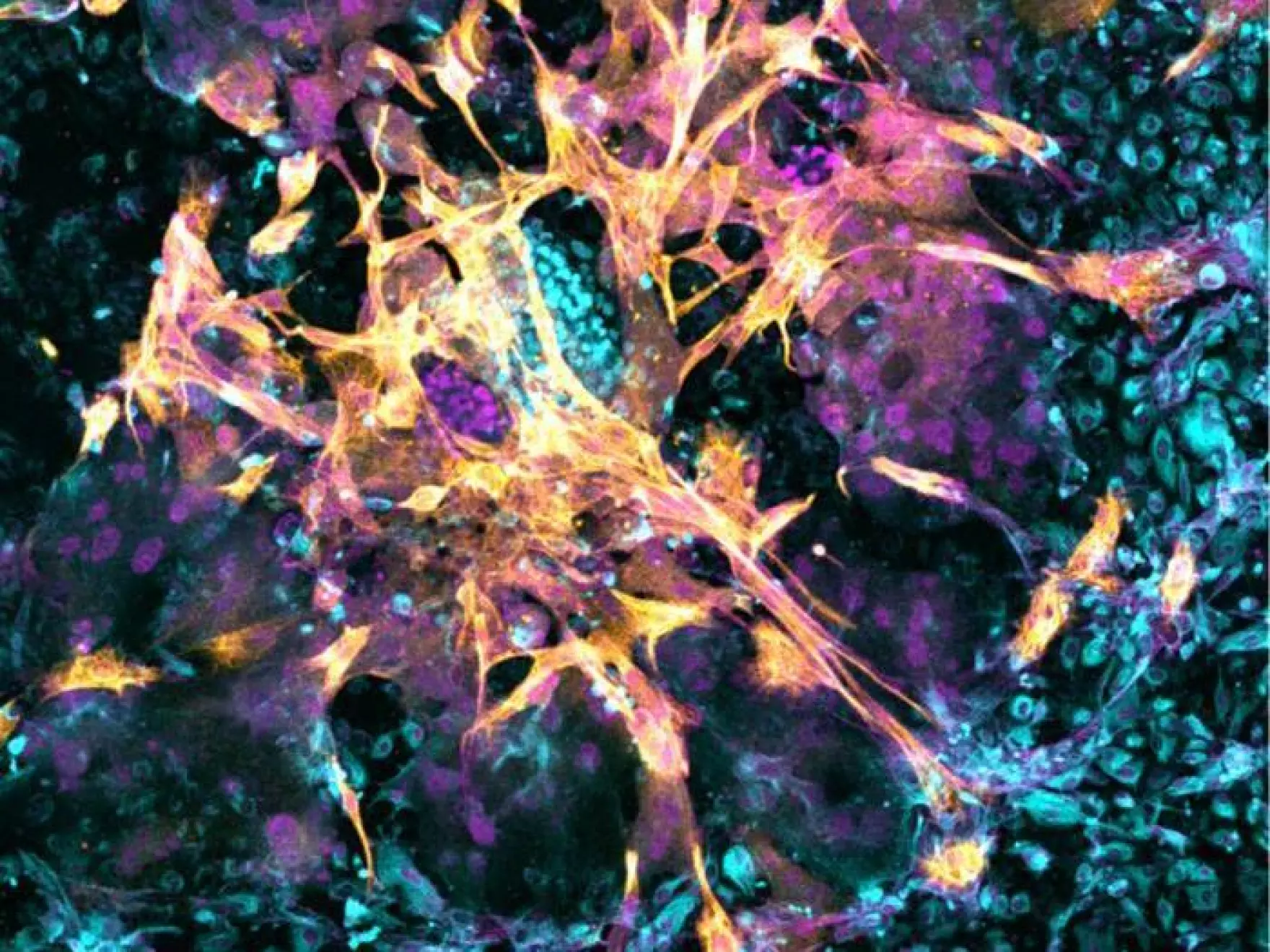Why Most Foods Spoil—and How Honey Defies the Norm
When food spoils, it’s typically because bacteria, fungi, or moulds have found the ideal environment—an accessible source of moisture, warmth, moderate pH levels, and oxygen. Common preservation techniques like dehydration, heating, refrigeration, pickling, and airtight sealing work by limiting these conditions. Yet even well-preserved foods eventually expire—think of a jar of sauce forgotten in grandma’s fridge for decades.
When Honey Is Exposed: What Changes Then
Once a jar is opened and exposed to airborne bacteria, or contaminated by a used spoon, microbes can enter. Moisture levels rise, and fermentation becomes more likely.
However, compared to most natural sweeteners, honey still resists spoilage better, provided it’s stored properly.
From Honey to Mead: The Role of Water and Microbes
When you intentionally add water and introduce fermentation agents, you can create mead, a honey-based alcoholic beverage. The process highlights how disrupting honey’s chemical balance triggers spoilage—but also transformation into a product humans have consumed for centuries.
What Makes Honey So Special?
Honey’s longevity is the result of a perfect chemical balance:
- Low water content, which hinders microbial growth
- Acidic pH, discouraging bacteria
- Limited oxygen, reducing spoilage risk
This trio forms a preservation system unlike any other, making honey an iconic long-lasting food.
Final Thoughts: Nature’s Own Food Preservative
Honey delivers what modern preservation methods strive for—extended shelf life without refrigeration or synthetic additives. As long as it remains sealed and uncontaminated, honey can last indefinitely. But once exposed to the environment, its natural defenses weaken. Store it wisely, and this golden substance will keep sweetening your pantry for years to come.







